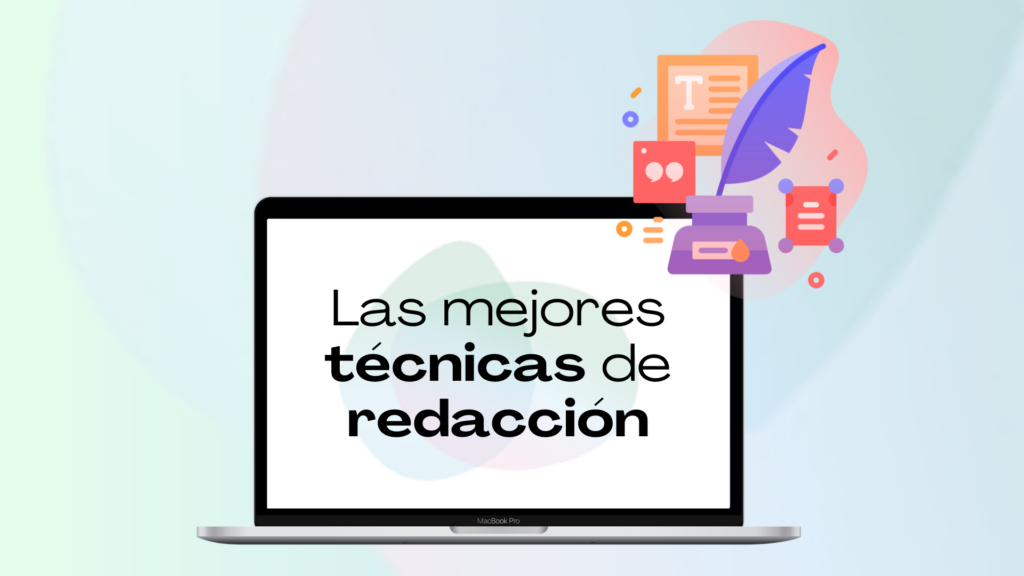Email Marketing: The best copywriting techniques

The writing of emails is a fundamental action to achieve a certain prestige in the world of Email Marketing. Interesting and engaging content is much more likely to achieve successful results to meet the objective of our campaigns..
In our last blog posts, we have been talking about different aspects that can be useful to improve our Email Marketing campaigns, how to adapt automated systems to their seasonalityor different actions to optimise our automated in order for subscribers to see the content we want to show them.
In view of this, in this post we are going to look at a few techniques to excel at writing email marketing content with the aim of making it ideal for our subscribers to interact with it.

How important is good email writing?
The drafting of e-mails is mainly all about the set of images and text found in the body of the messagethat is, what our subscribers are going to see and read. Practically, all the objectives pursued with the writing of an email are related to the interaction of subscribers with the content that we offer them.
The first essential step in making sense of all this is to write good subject lines. In our last post We gave you some tips on how to make them work properly.
Once we have managed to attract the attention of our subscribers with our subject lines, the next step will be to show interesting content so that the users who receive it are interested in consuming the content they are going to find inside.
To achieve this, we present the best copywriting techniques in email marketing.:
1. The PAS formula
- Problem. It is essential to ask oneself what is the problem encountered by our subscribers?. If from the first moment we manage to make an impact with this objective, we will get the attention of any user who has the problem you describe.
- Agitation. Once you have presented the problem, shake it up. Put your finger on the sore spot, directly impact on their pains..
– Solución. Once you have done this correctly, all that is left for you is to provide readers with a way to resolve the problems previously raised.
2. The 4Ps of Email Marketing
- Promise (promise). It consists of to get the reader's attentionThis is usually done through the use of subject lines, as the promise is aimed at getting the recipient of the mail to open it.
- Image (picture). It has to developing the promise through an image. In other words, try to make the reader imagine themselves enjoying the benefit of your product or service.
- Evidence (proof). In this section it is necessary to demonstrate how we resolve the pledge that we have offered at the beginning through technical information to back it up.
- Push (push). This point consists of to give readers the opportunity to get their hands on the product. or service you have been offering throughout the mailing. by means of a CTA. This has to be original and in line with the email we have designed.
Analysis of an Under Armour marketing campaign where the 4P's technique is practised:

3. Storytelling in Email Marketing
Storytelling is a communicative skill. that can be applied to all branches of marketing and consists of telling stories that connect emotionally with readers and make them feel a unique experience.
We are in a society where emotional engagement and motivation arise from a connection to story. People are drawn to stories. Therefore, Presenting a product through storytelling can make the product itself more attractive to users..
We can apply Storytelling in our Email Marketing in the following ways:
- Case studies stories. It consists of explaining a satisfactory experience of one of our clients with the aim of demonstrating how we work.
– Reason why stories. It consists of explaining through a story why we are offering a product or service in a specific promotion.
- Vision stories. It consists of giving an explanation of the company's vision of changing the industry with the aim of transmitting emotions to users so that they feel identified with the brand.
If you want to learn more about this technique, you will find more information at our post that talks about storytelling in more detail.